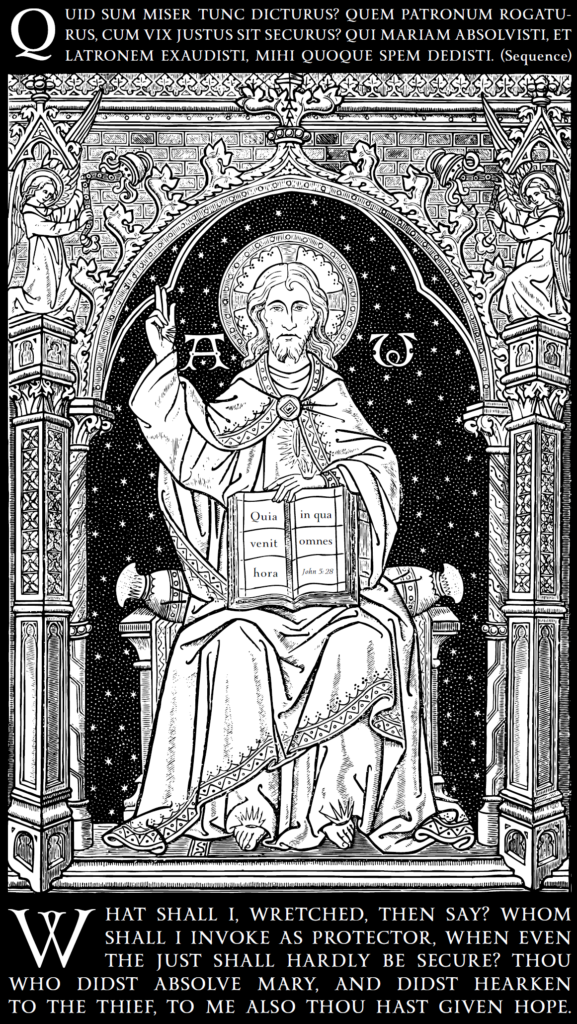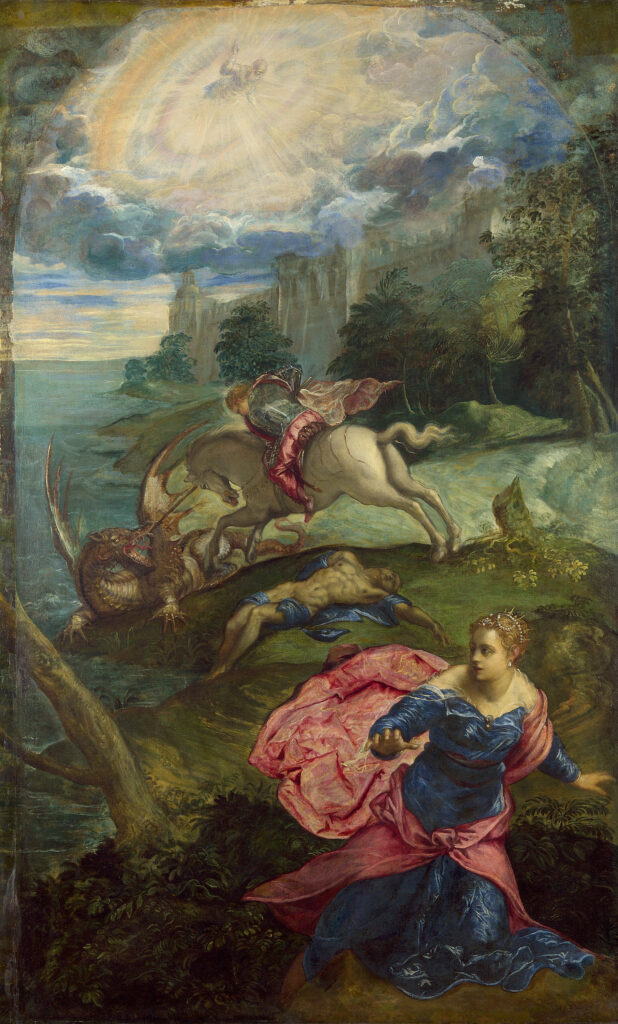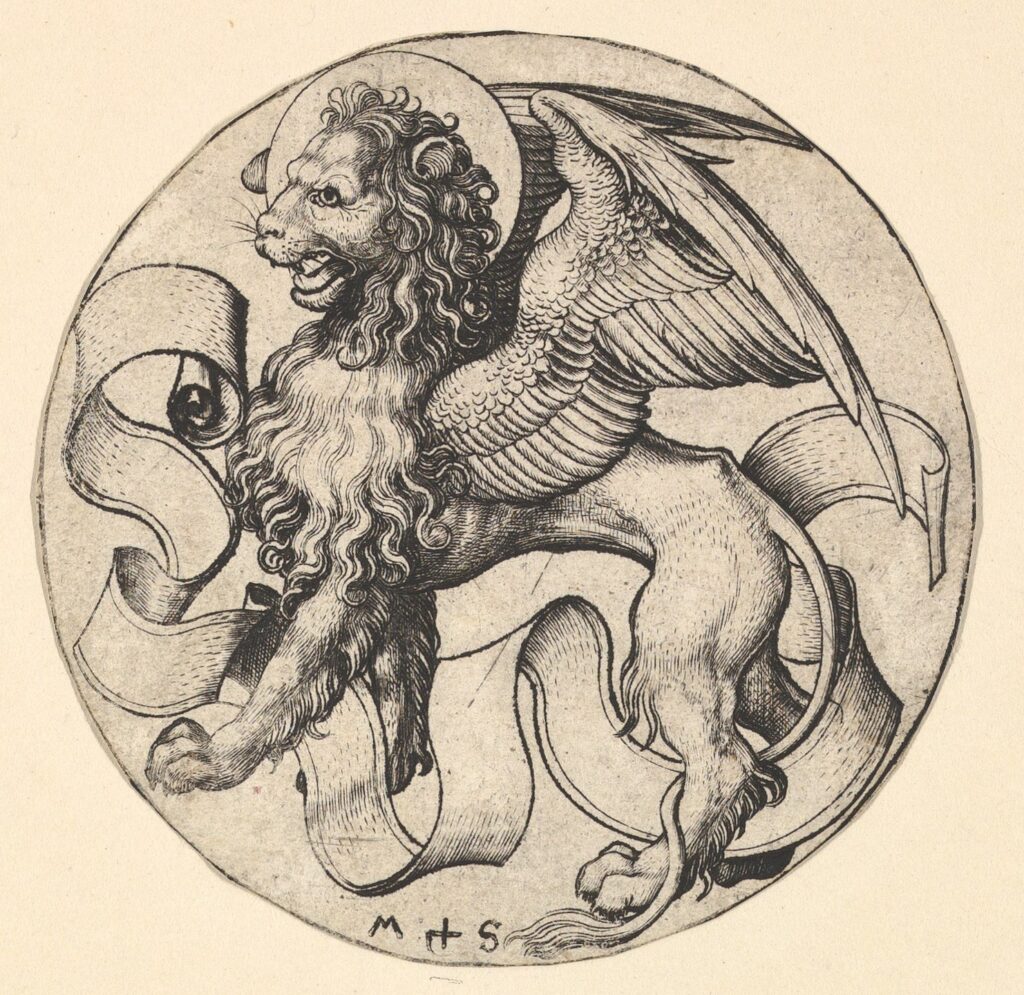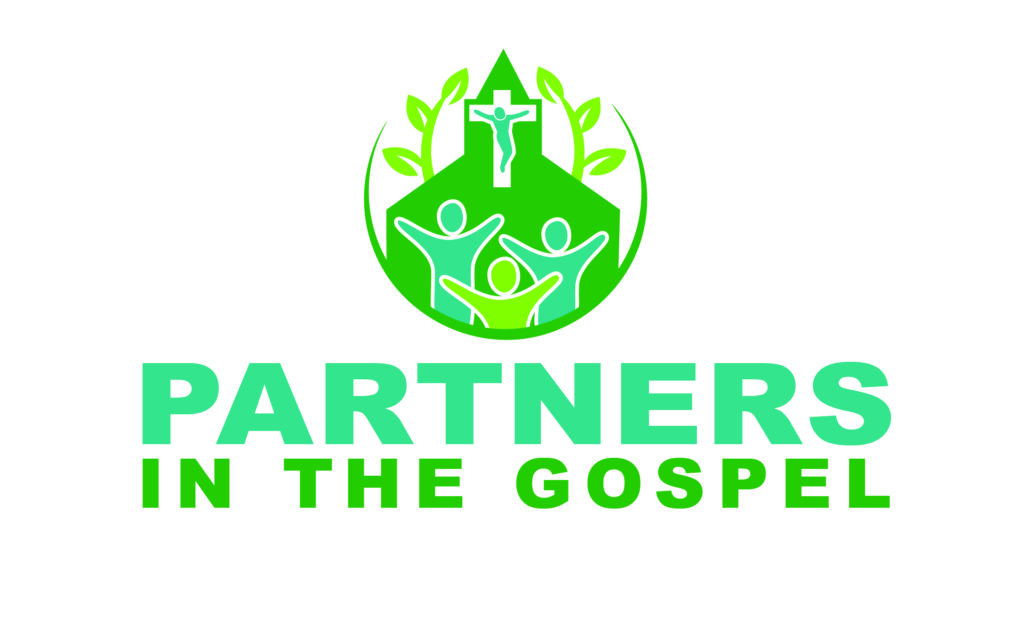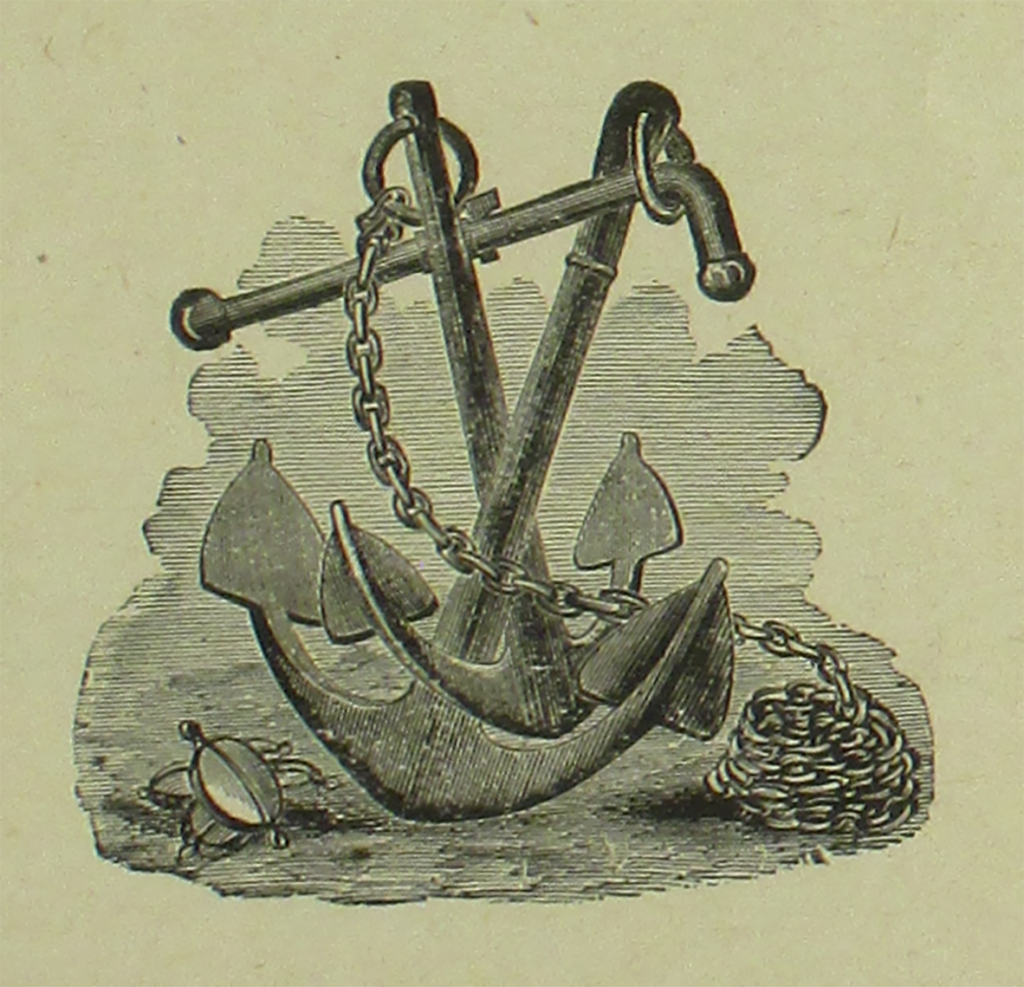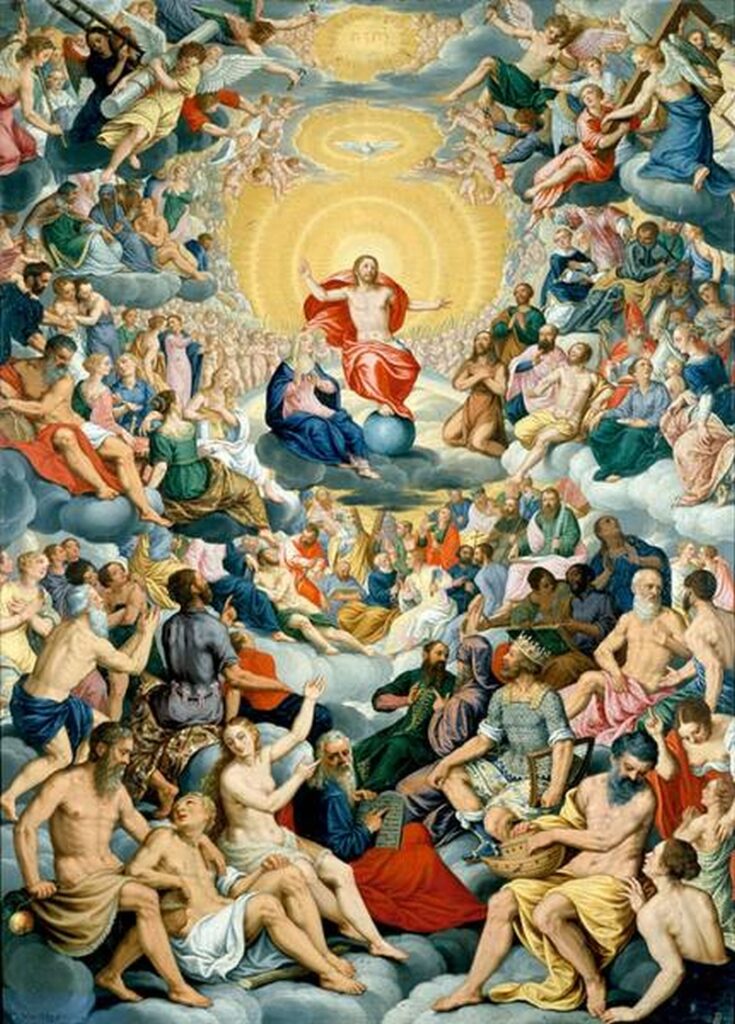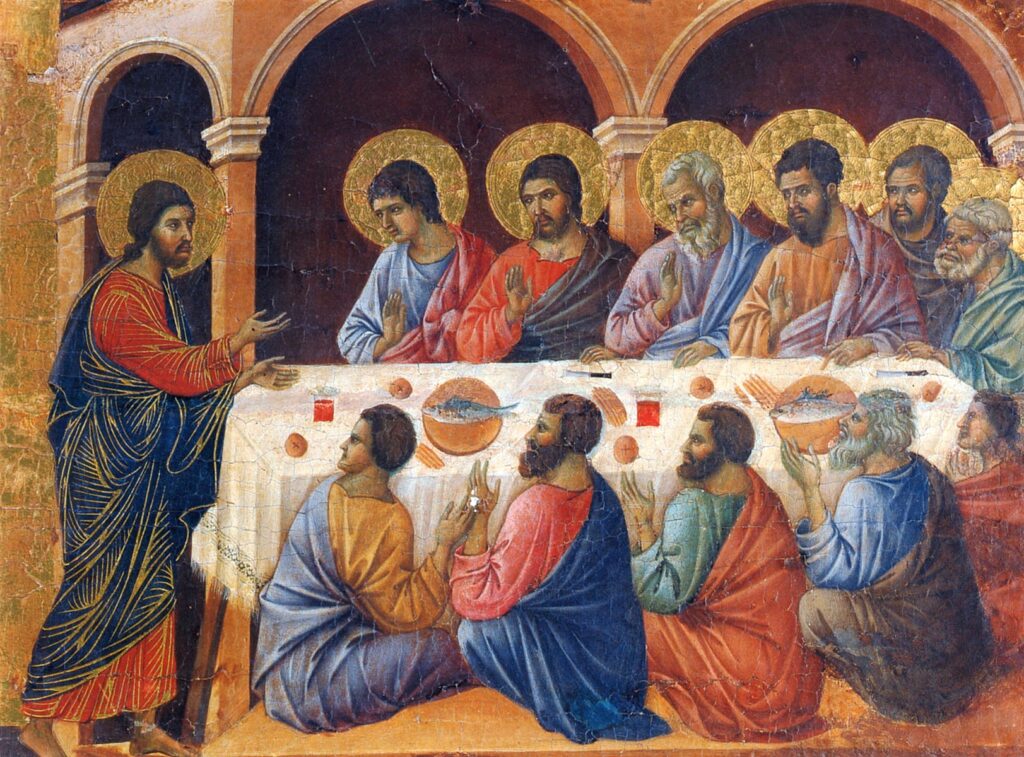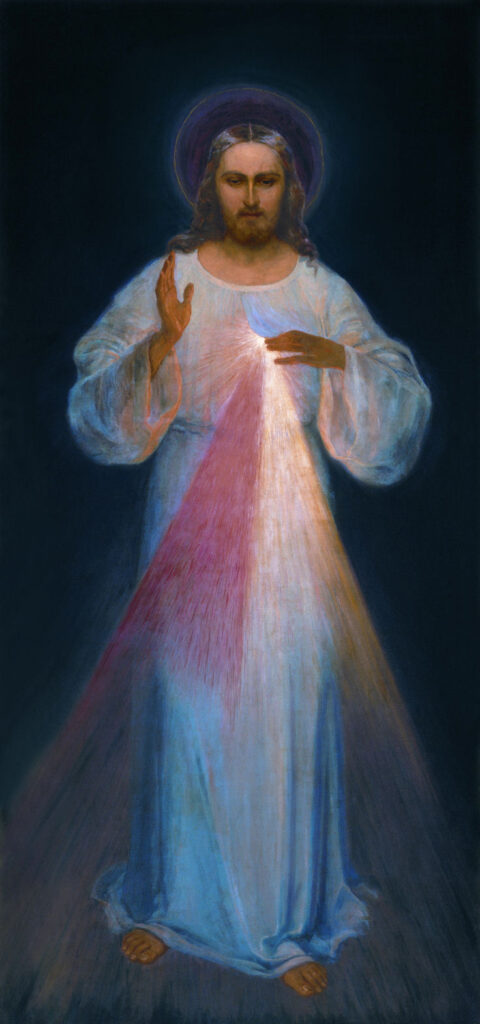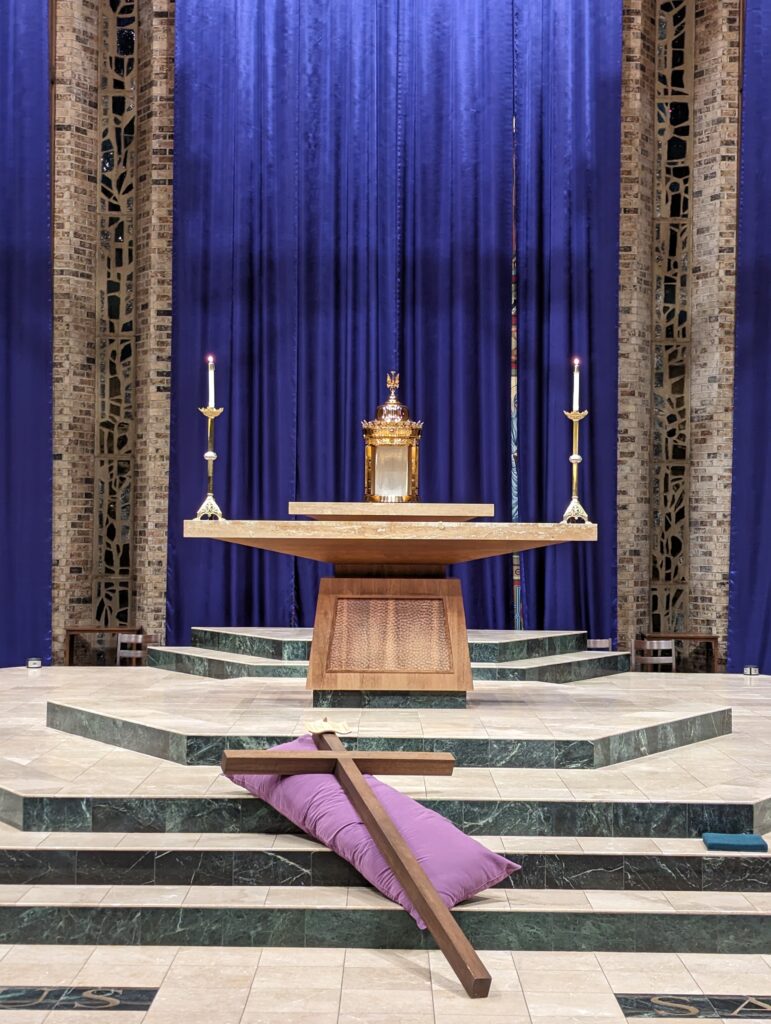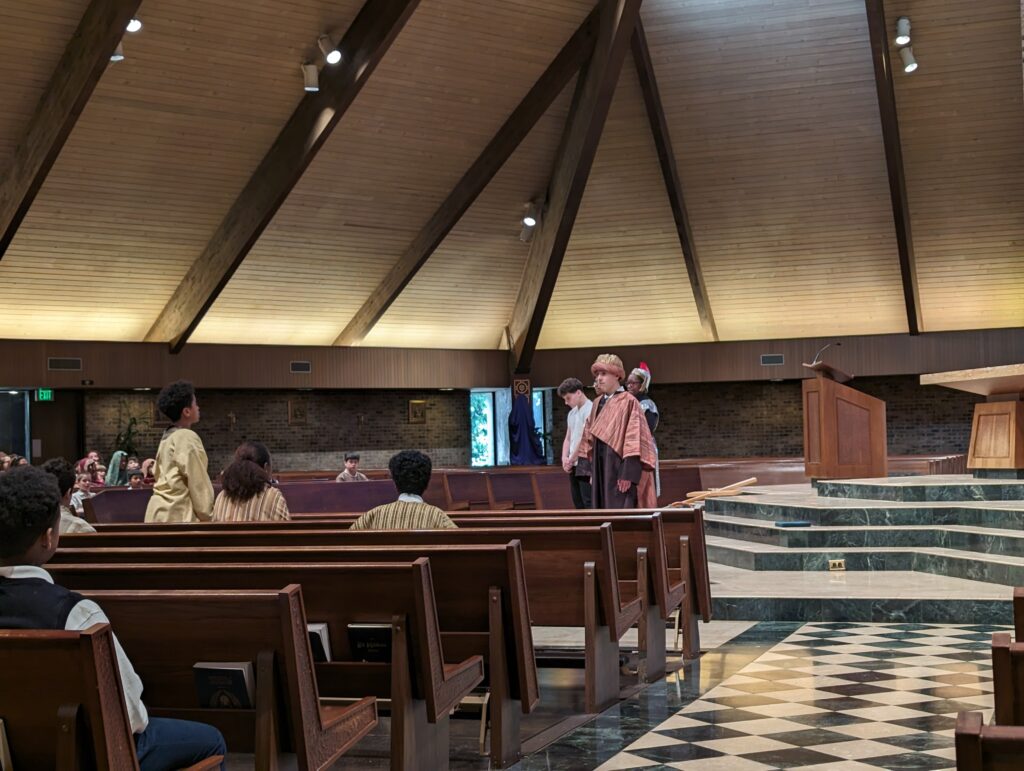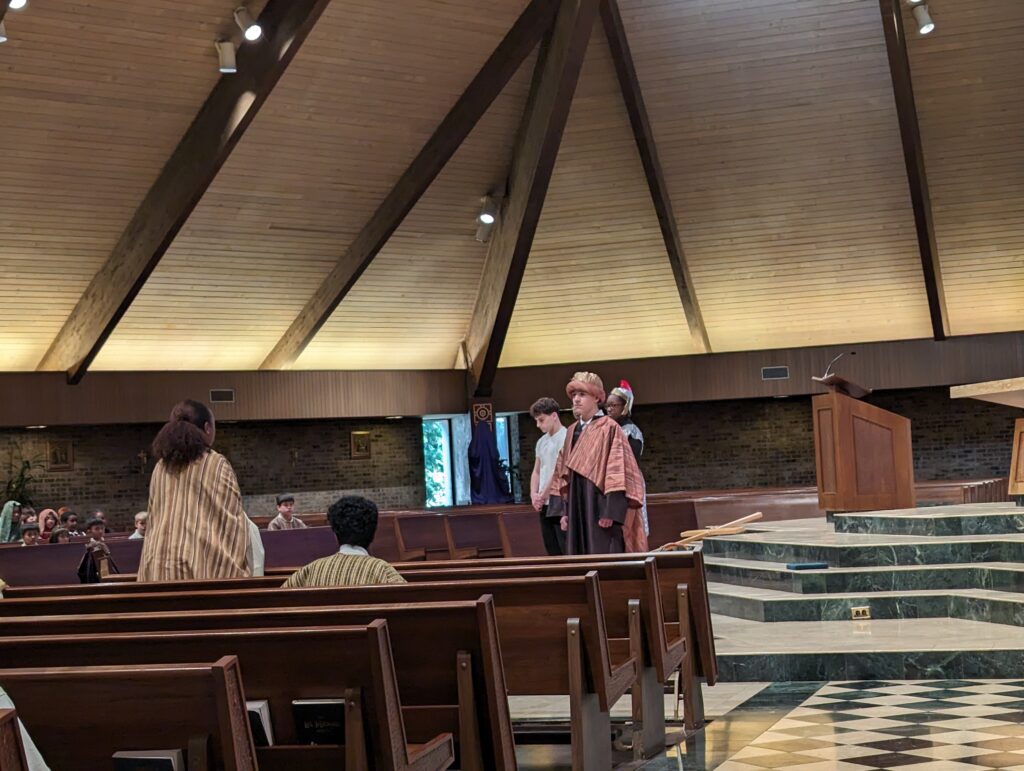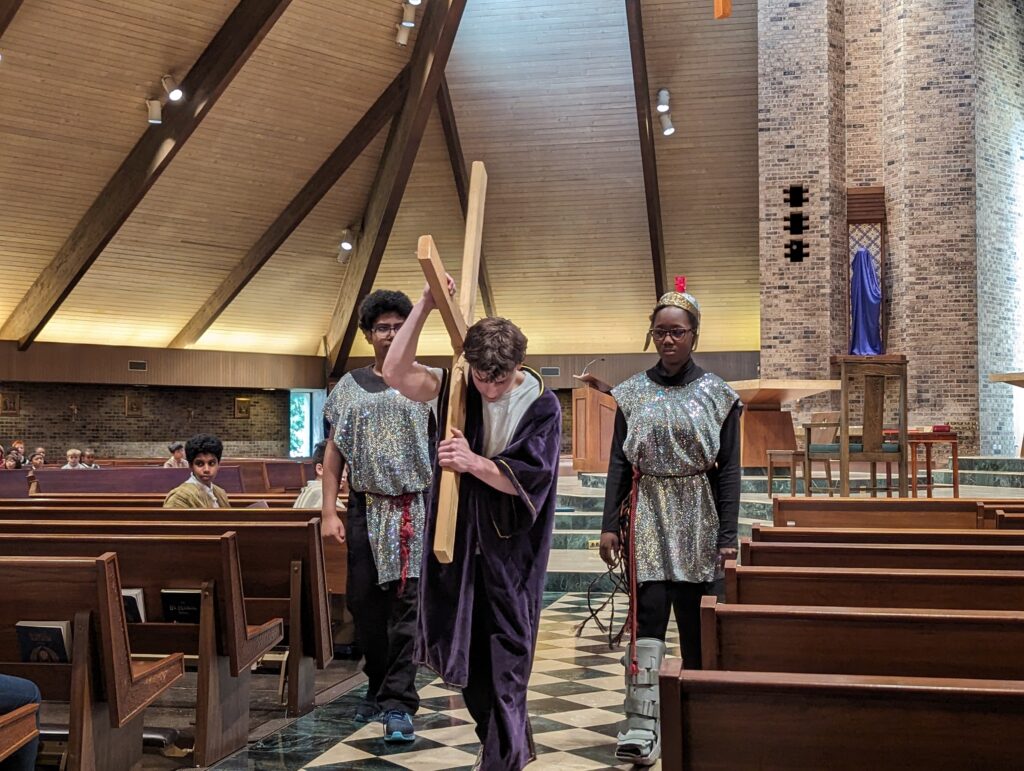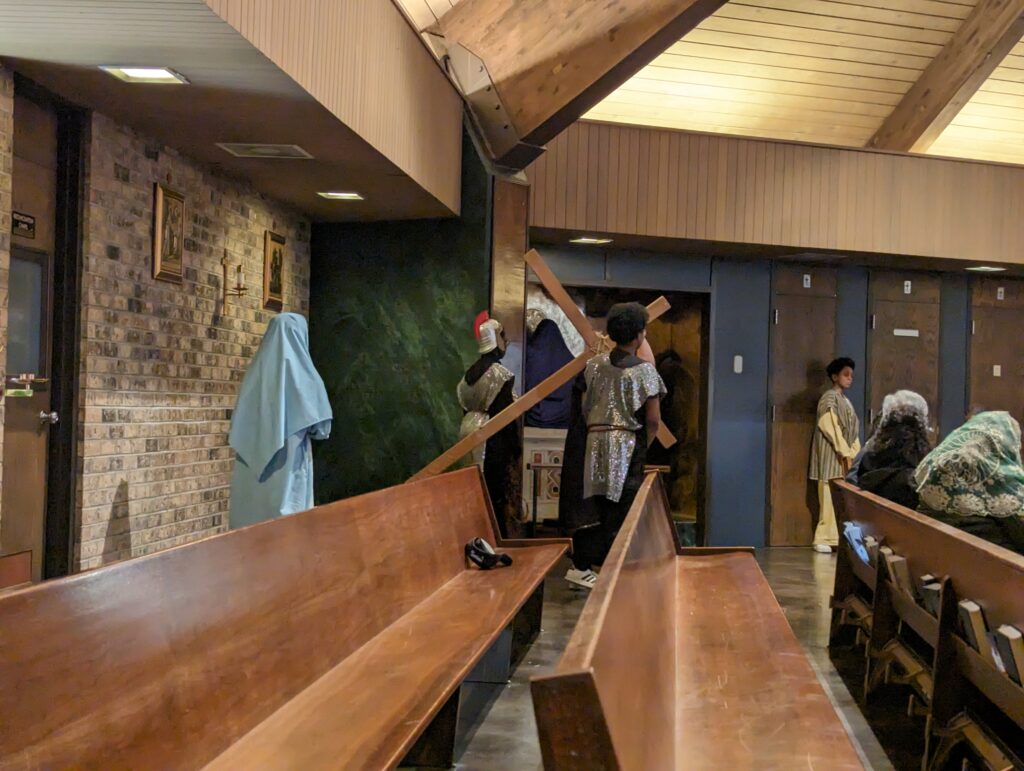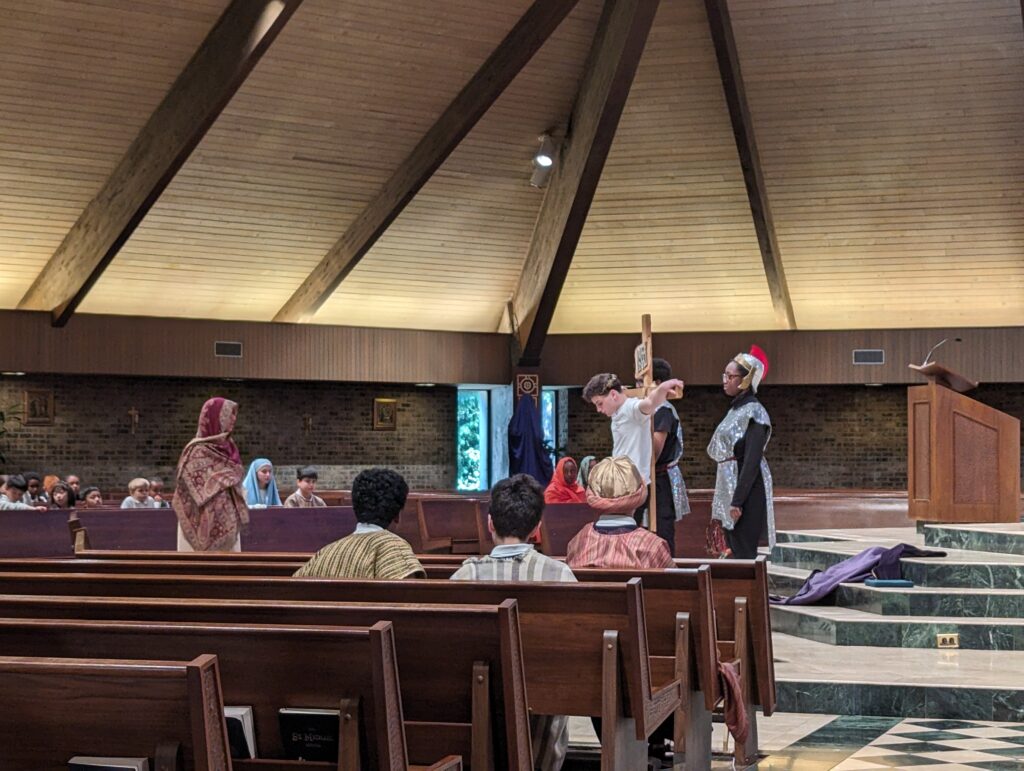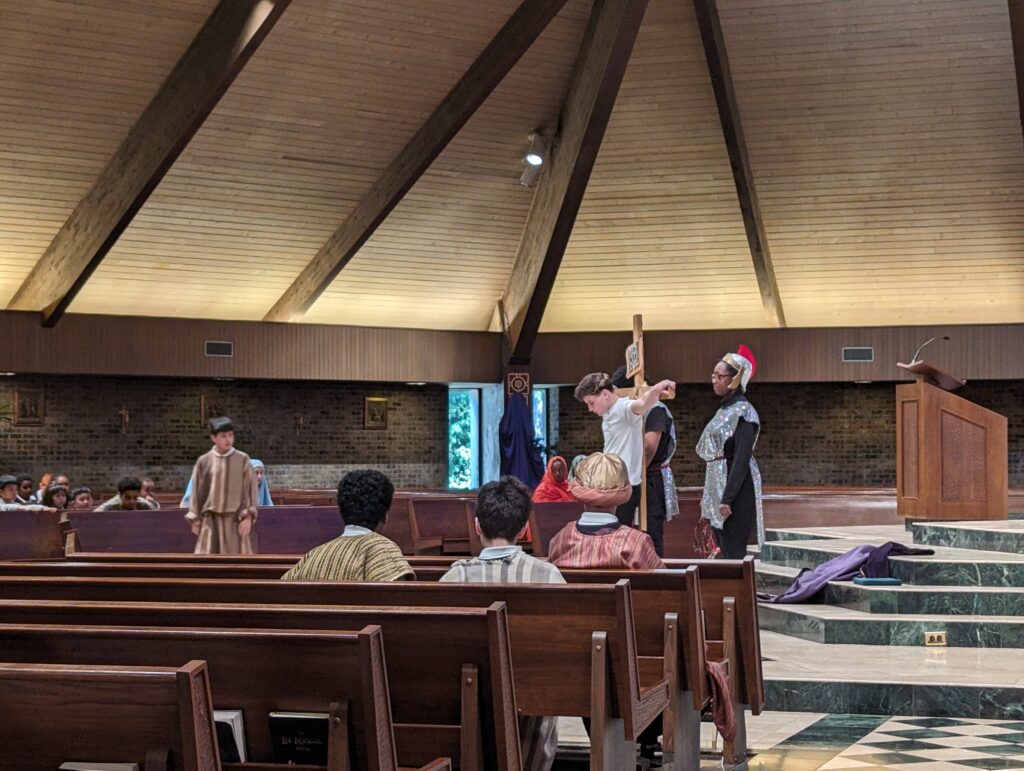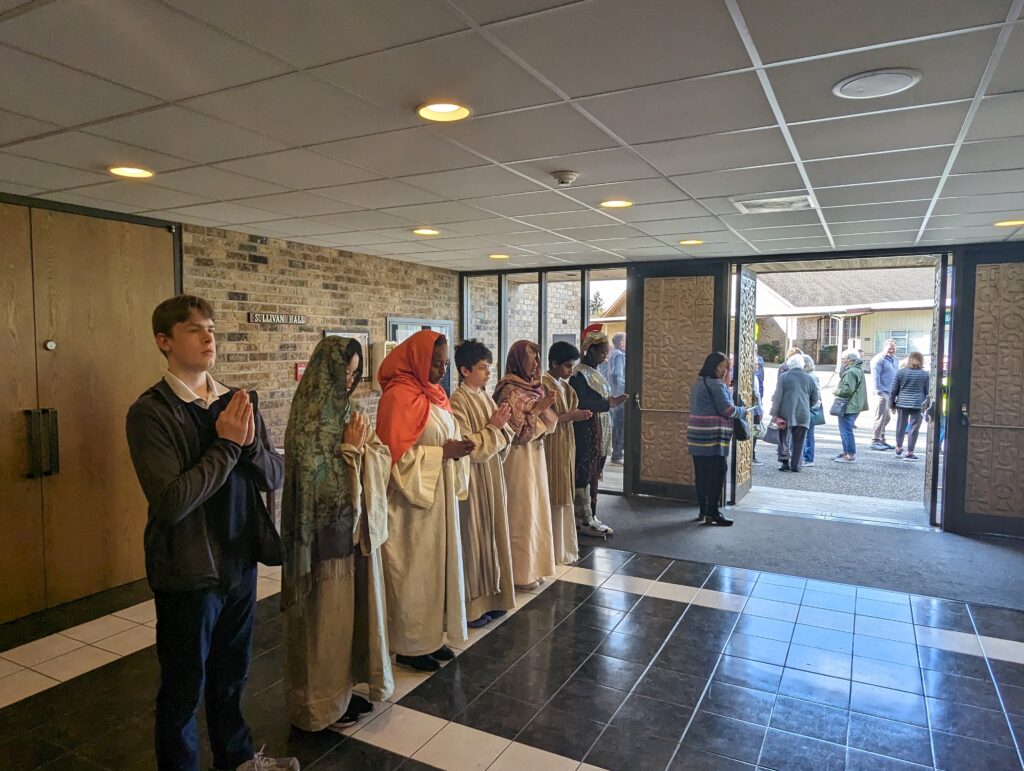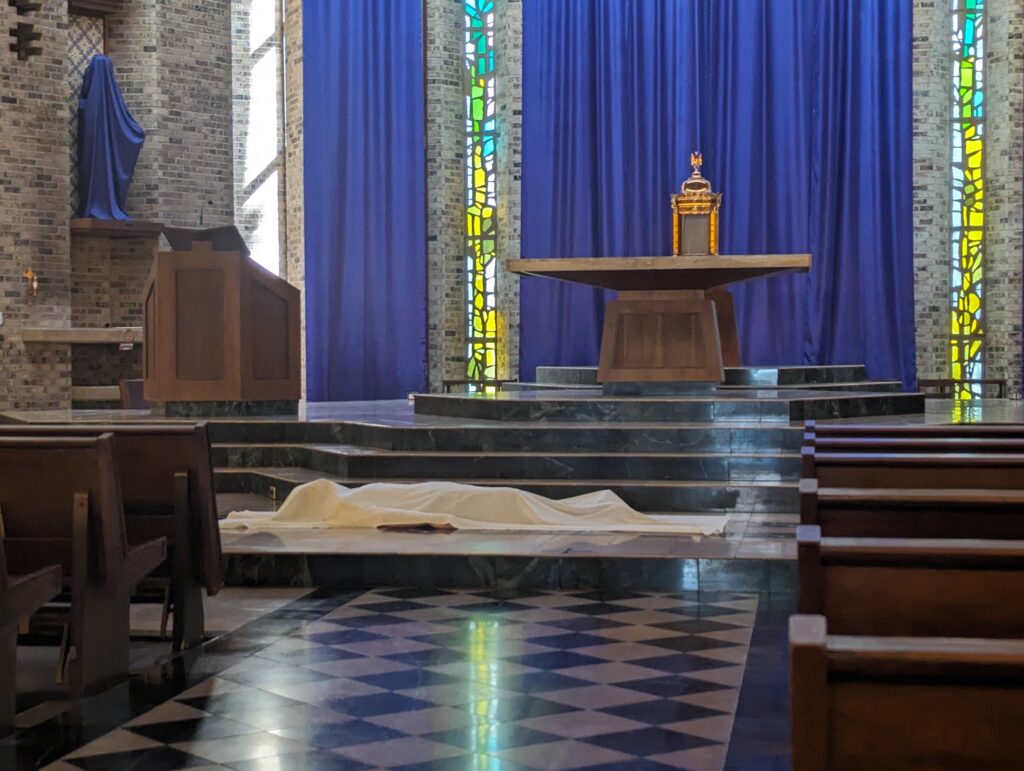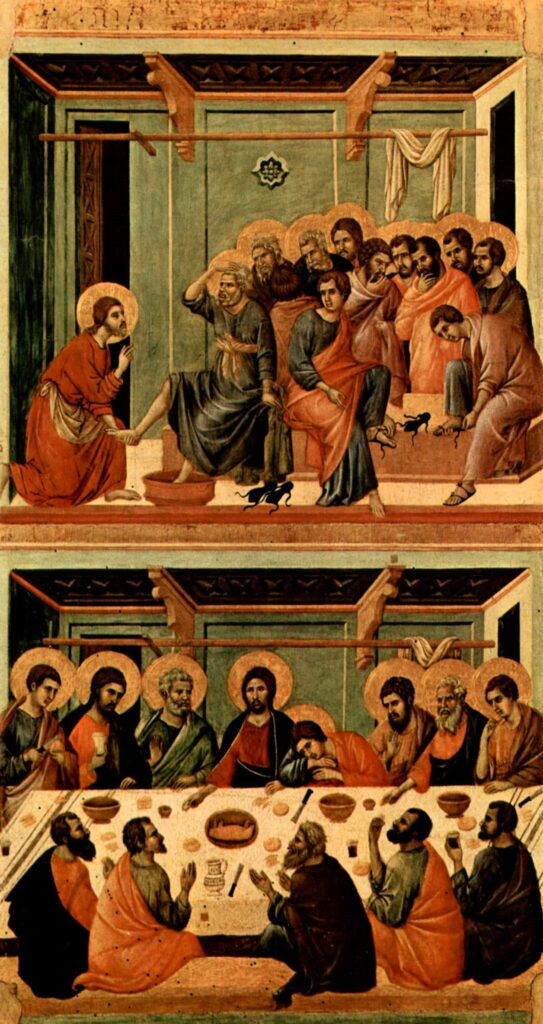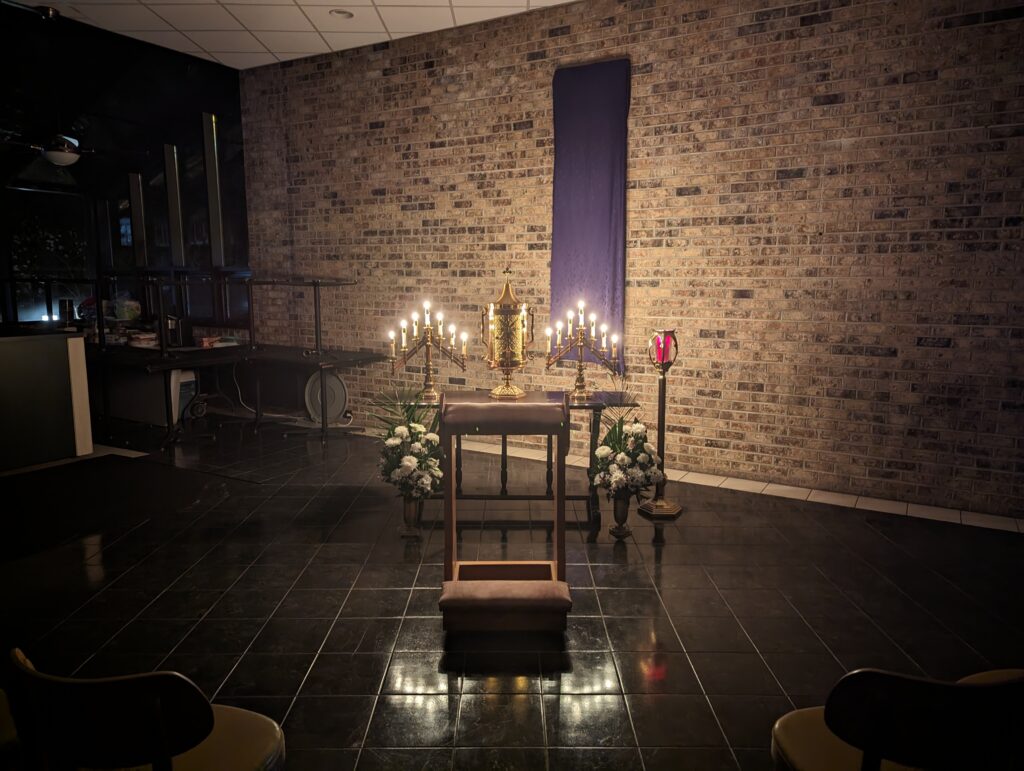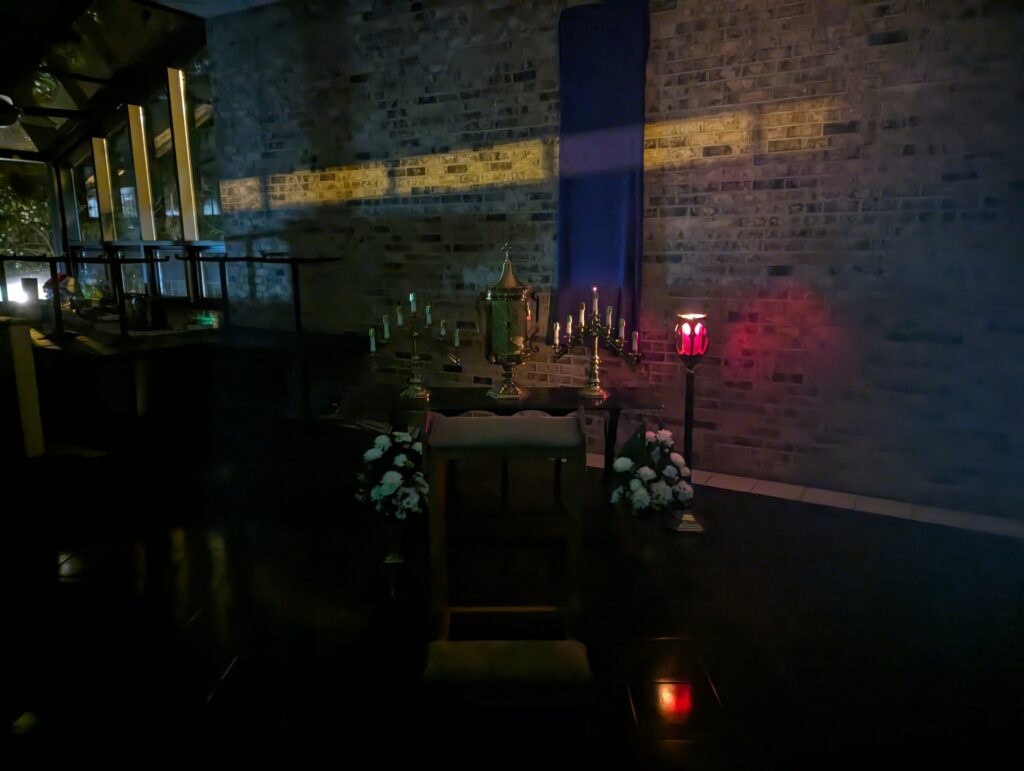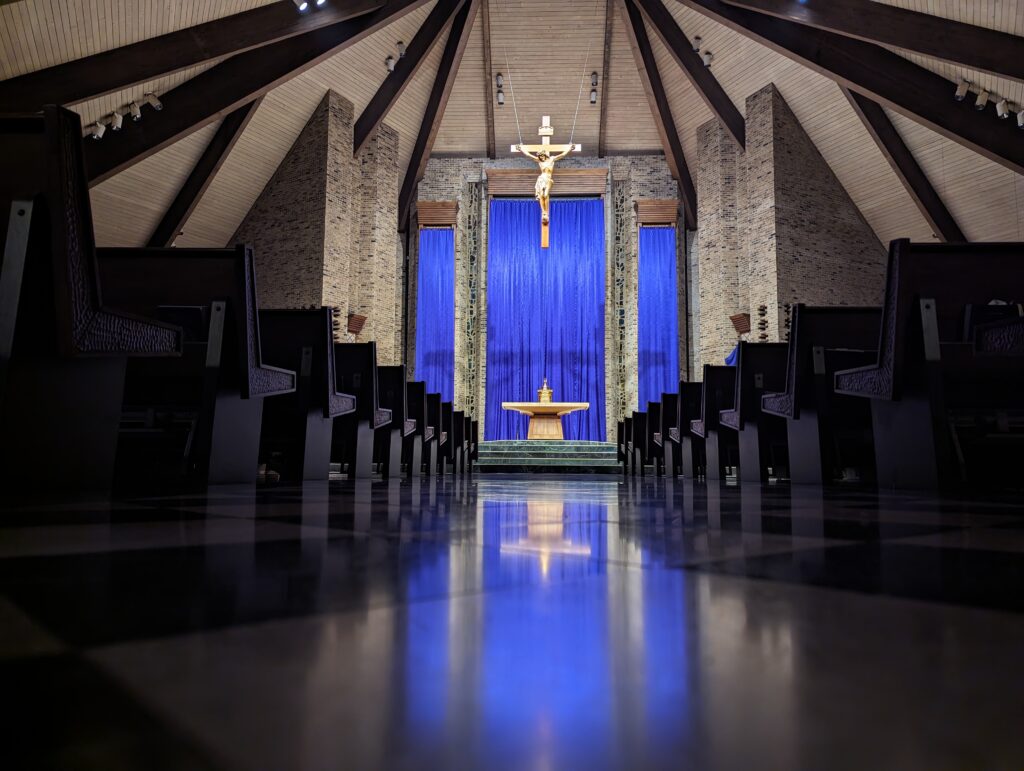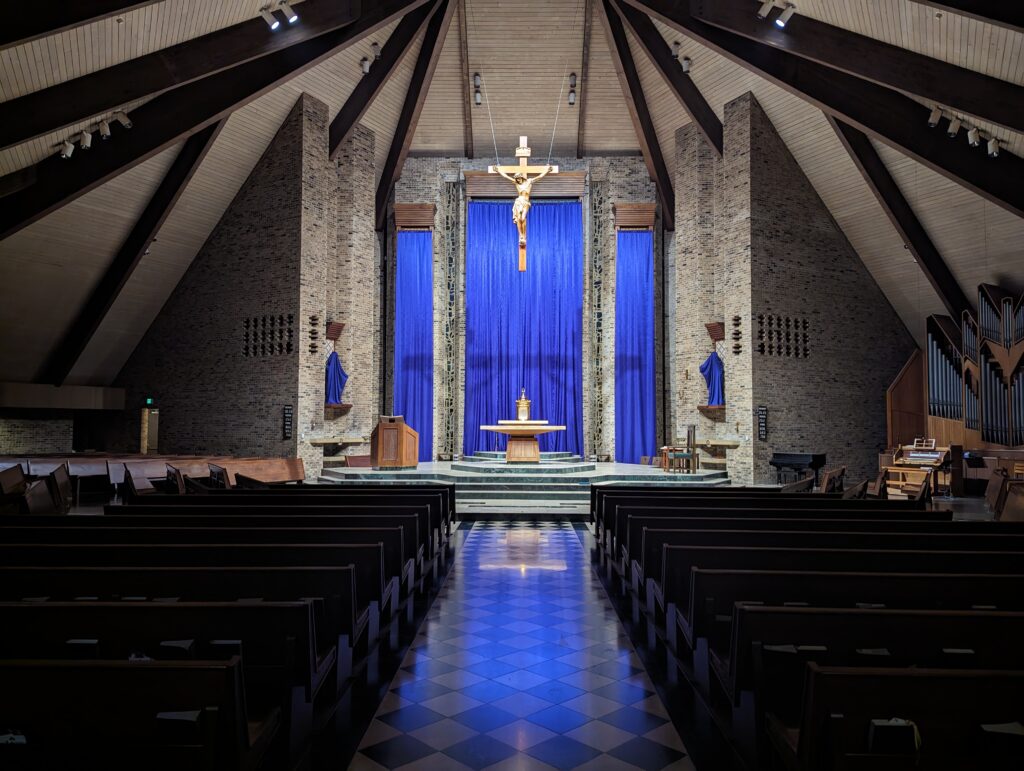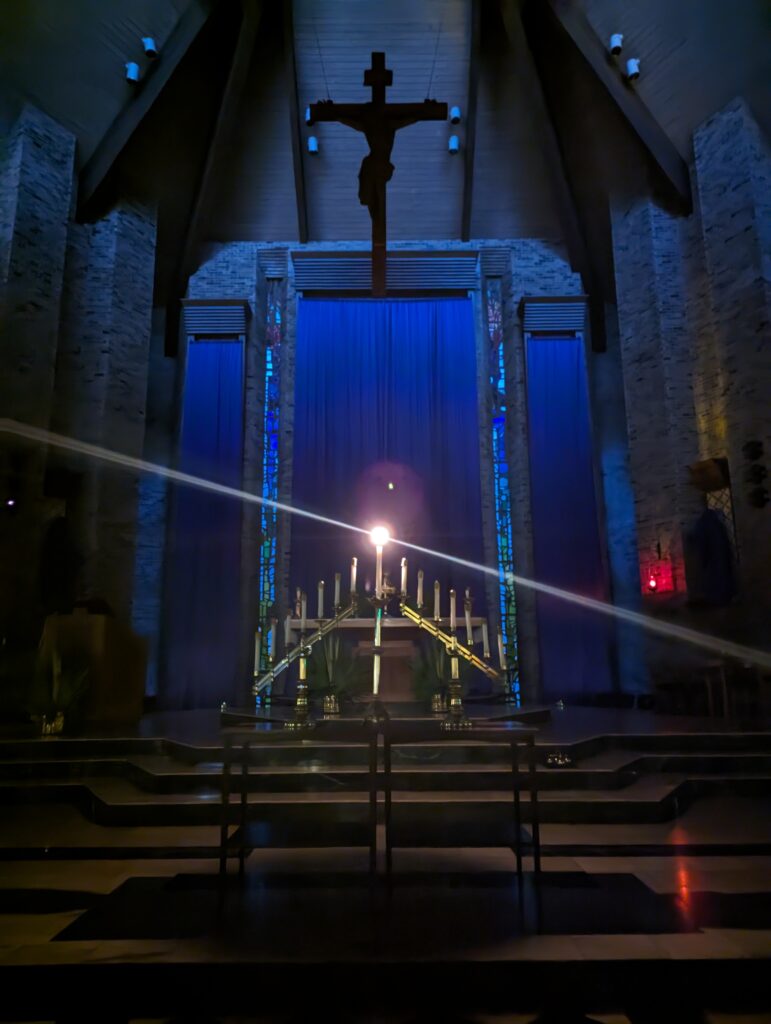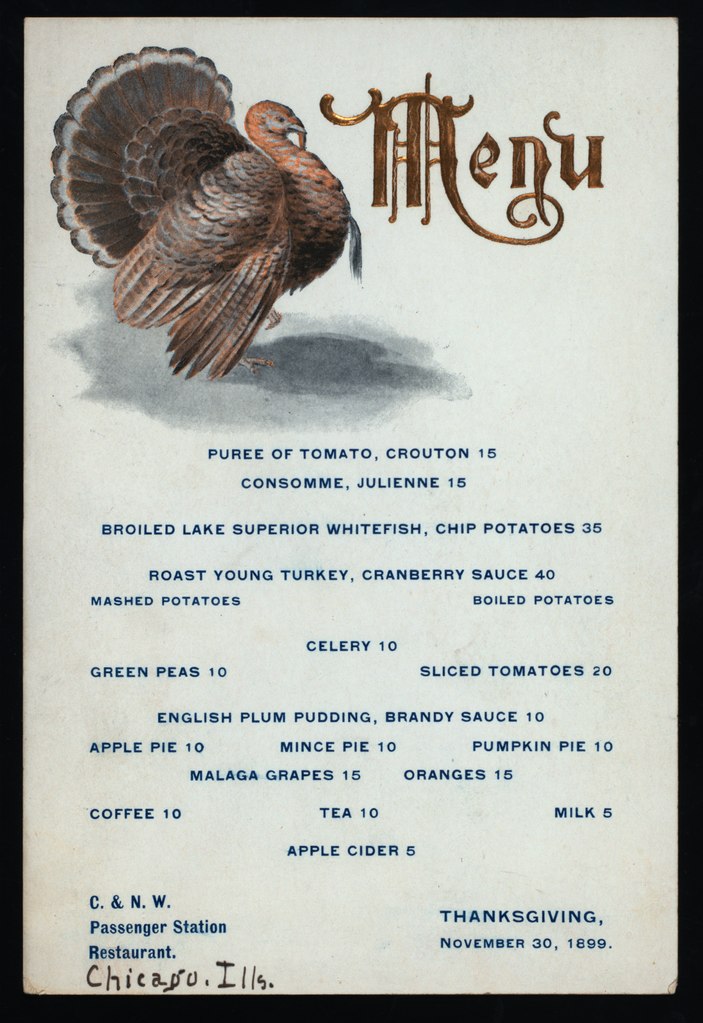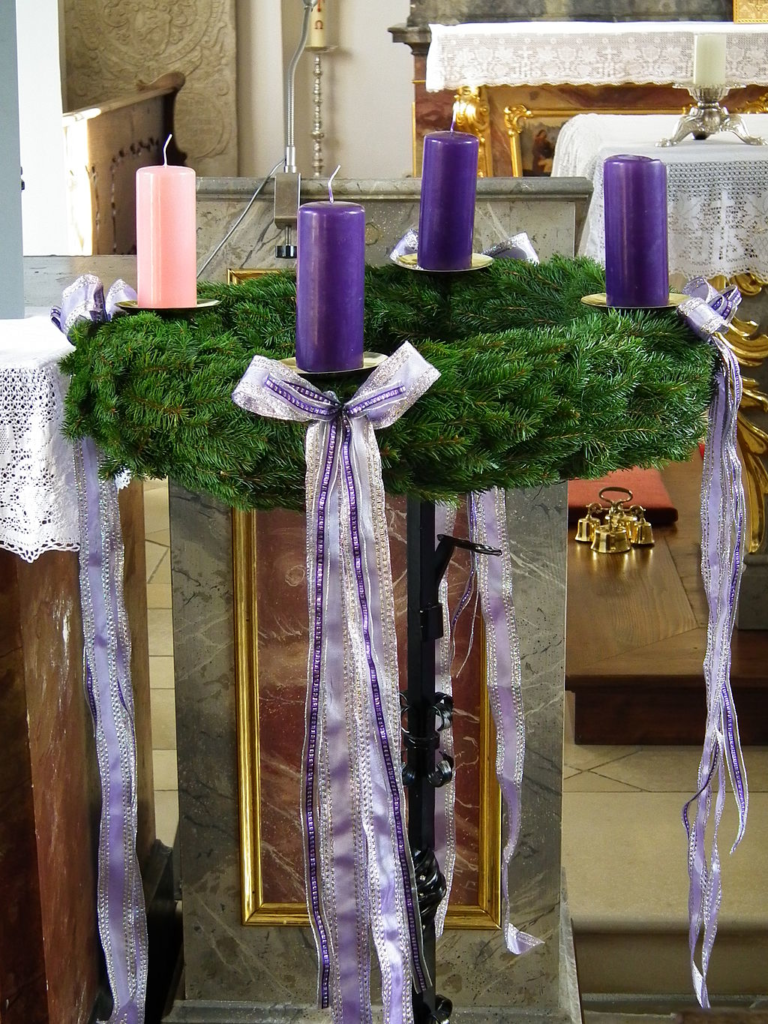Phew! Between being gone on vacation to see the eclipse and spending last week with my brother priests in preparation for the next stage of Partners in the Gospel, I am ready to be back to a normal(ish) routine at the parish…. though I’m dreading the inevitable onslaught of deferred messages and tasks. Ah well ¯\_(ツ)_/¯
On top of the regular routine of life, preparations for the upcoming transitions at my current and future parish assignments are taking up a LOT of my time. Though I have been able to touch base with my successor here at Saint Mark parish (Father Cody Ross) and my predecessors at the Catholic communities of the Olympic National Parks region (Father Randy Guarino and Father Peter Adoko-Enchill), details & questions abound! Decisions need to be discerned, discussed, and made about living arrangements & Mass schedules – decisions that must be sorted well before July 1st so that they can be communicated and prepared for in advance.
Yesterday I wrote up a brief reflection on priorities and mission in the process of discerning change. I’m reminded of what I call “The Three ‘M’s’ of Madness: Music, Money, and Mass times”. Any priest – heck, any regular Catholic – can testify to how a community will go mad at the prospect of changing (or even discussing, often) one of these parts of parish life! Let us be sure to pray for each other as we discern these and other important changes, inviting the Holy Spirit to guide our deliberations and open our hearts to what the Lord has in store for us.
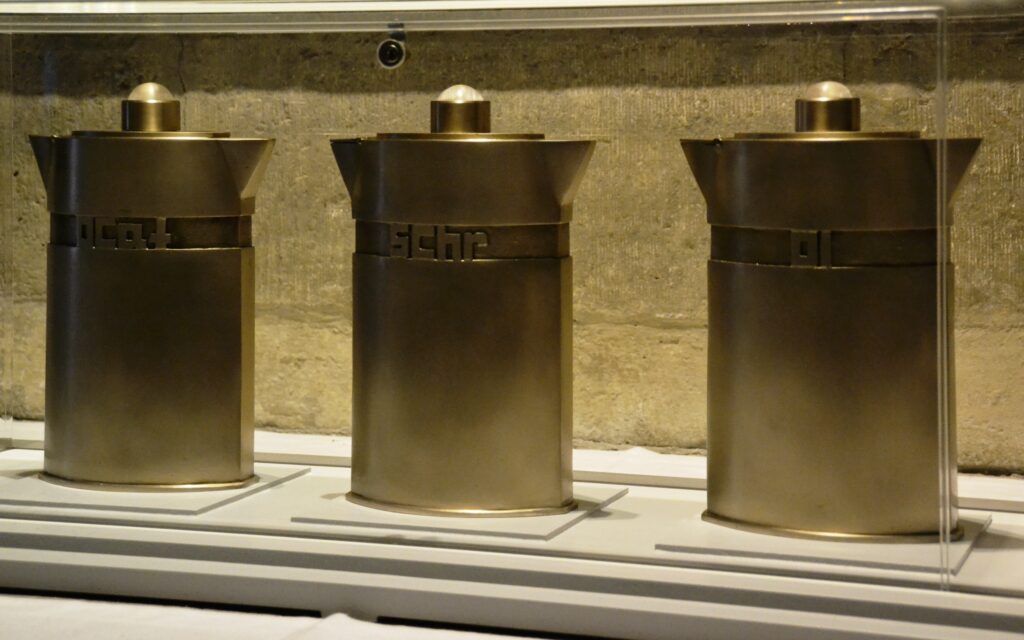
April 21 – Congratulations to our three parishioners who were confirmed this Sunday at the 8:30 am Mass. These parishioners were part of our adult faith formation program but couldn’t join in the celebration at the Easter vigil Mass. Let us pray and praise God for all of those who received the sacraments of initiation over the last few weeks!
April 23 – Today is the optional memorial of not one but two saints: Saint George & Saint Adalbert. Saint George is perhaps most famous as having confronted a dragon, recounted in The Golden Legend (a collection of hagiographical saints stories). Saint Adalbert was a bishop of Prague who faced great opposition in ministry. Read about both of them at Catholic Culture.
April 24 – Born in Sigmaringen, Germany, Saint Fidelis of Sigmaringen – whose feast day is today – was a lawyer who joined the Capuchin Order. He was such a powerful preacher that after his death, he was proclaimed the patron of the propagation of the faith. Read about him at the Capuchin Franciscan’s website.
April 25 – Today is the feast of Saint Mark, the patron of our parish and author of the Gospel of Mark. The symbol of the lion is taken from the imagery of the prophet Ezekiel, especially because of how the Gospel starts (the voice of John the Baptist – crying out in the wilderness like a lion’s roar. Read more about him at the Basilica of the National Shrine of the Immaculate Conception.
April 26 – From 6:30 to 9 pm, the Young Adults group is hosting a PowerPoint party in Sullivan Hall. If I remember right, the only rules are that presenters limit themselves to 10 minutes or less and offer a presentation on something they’re passionate about! Read about PowerPoint parties at Microsoft’s tech community.
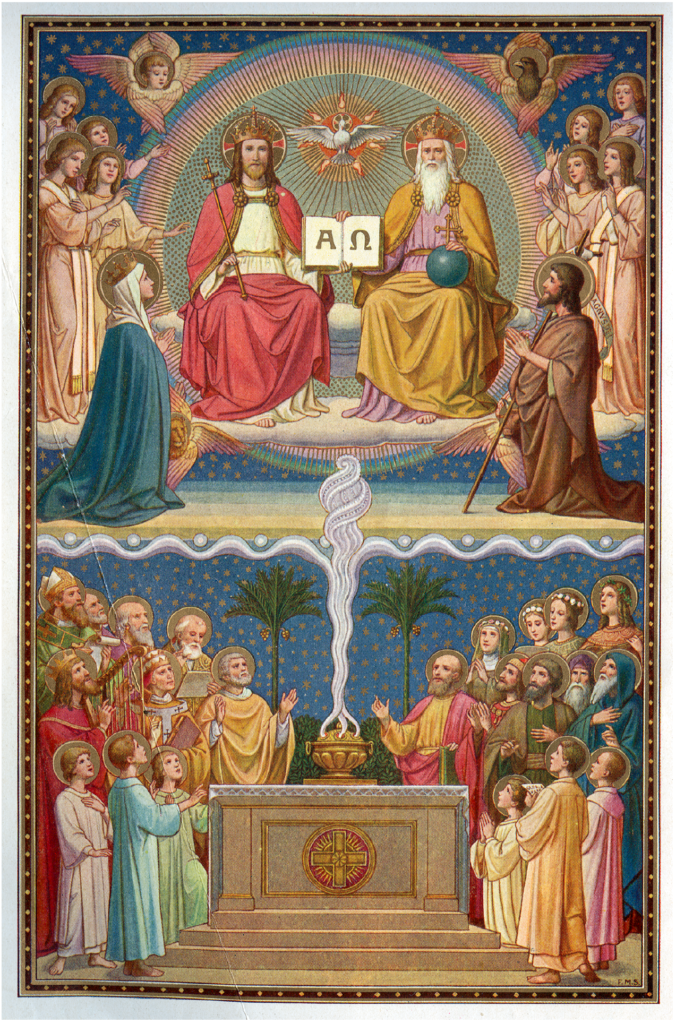
Priests celebrating their anniversaries this week
- Father Arulanandu David (April 24, 1998)
- Father Navy Kumar Thomas (April 24, 1998)
Remembering our deceased priests
- Father Joseph Conway (April 21, 1948)
- Father Thomas McEnnis (April 21, 2012)
- Father John McMahon (April 25, 1984)
- Monsignor Henry Boltz (April 27, 1970)
- Father Williams Fisser (April 27, 1938)
